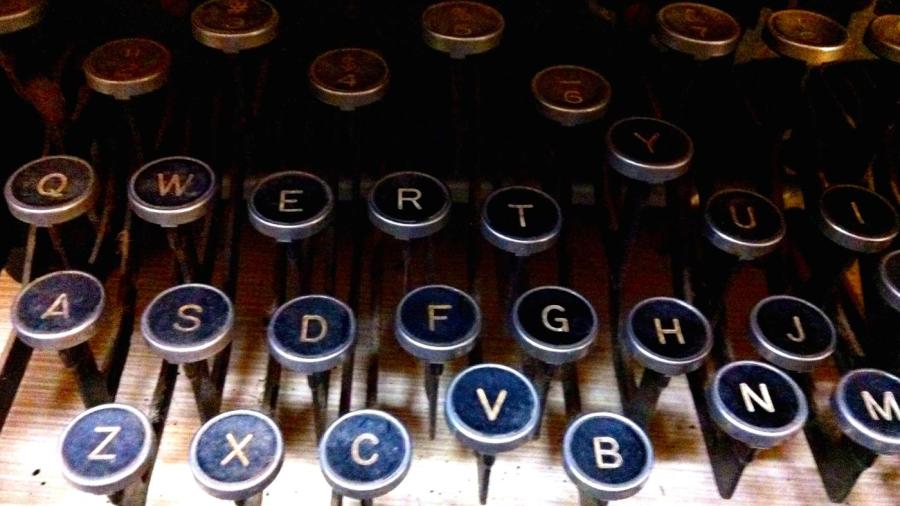Why Is the Keyboard Not in Alphabetical Order?

The modern keyboard is not arranged in alphabetical order because millions of users have already learned the QWERTY keyboard layout, which is named after the first six letters in the top row of keys. The reason behind the development of the QWERTY layout as opposed to an alphabetical layout is debated, but two primary theories are accepted explanations.
The most popular explanation claims that the key positioning was designed to slow down typists because the early typewriter’s mechanical design resulted in jammed keys and components. A recently emerged theory argues that the QWERTY layout was designed to facilitate Morse code receivers because the alphabetical layout was inefficient when translating incoming codes from the telegraph.
The first keyboard patented by Christopher Latham Sholes in 1868 had the keys alphabetically arranged. The first documented appearance of the QWERTY keyboard is found in U.S. Patent No. 207,559 and was issued in 1878 to Sholes.
Sholes and his partners sold their design for a typewriter and its keyboard to Remington & Sons, who manufactured the first commercial typewriter. In 1893, Remington and the other four largest typewriter manufacturers, Caligraph, Yost, Densmore and Smith-Premier, merged to form the Union Typewriter Company and agreed to adopt the QWERTY layout as the standard.





